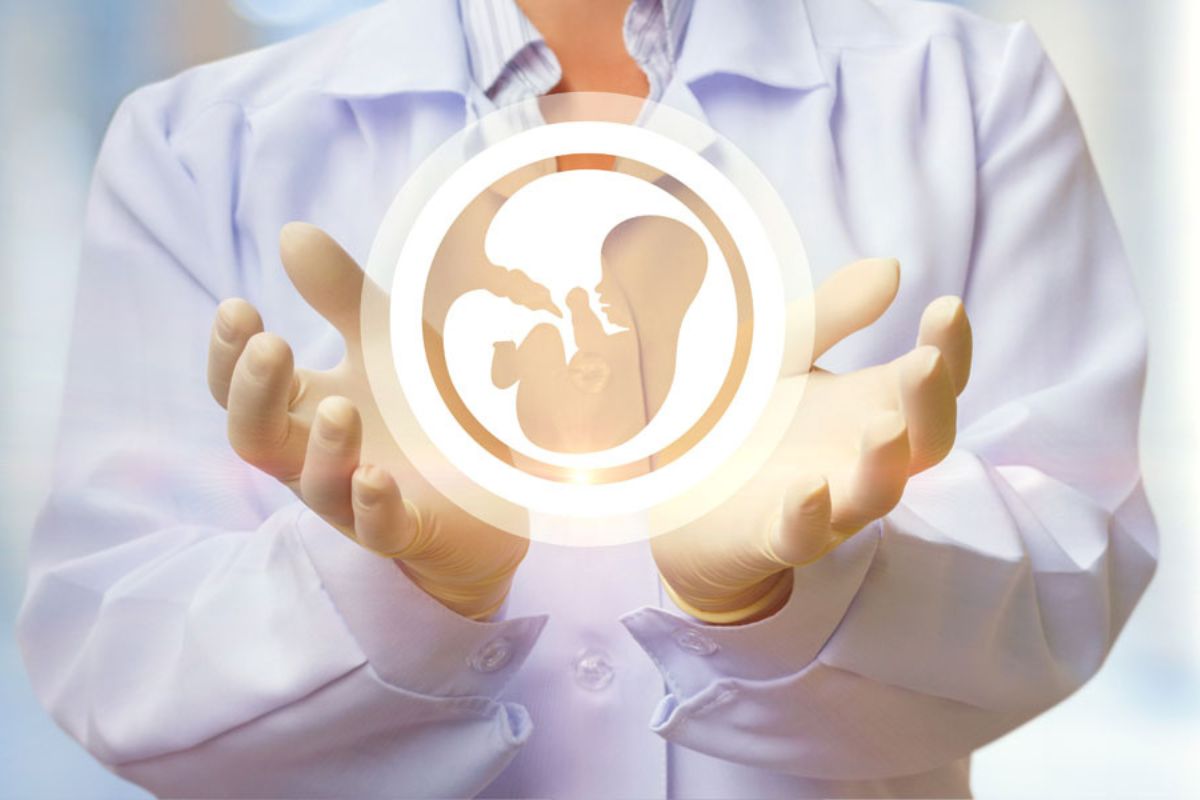Understanding Embryo Donation: How It Works and What to Expect

Embryo donation is an increasingly popular option for individuals and couples seeking to expand their families through assisted reproductive technologies. It offers hope to those who cannot conceive naturally or with other fertility treatments. The concept of Embryo Donation in Kenya is gaining recognition, providing a viable option for many. This detailed guide explores how embryo donation works, the processes involved, and what prospective donors and recipients can expect.
What is Embryo Donation?
Embryo donation is a process where embryos, created through In Vitro Fertilization (IVF) but not used by the couple who created them, are donated to another couple or individual. These embryos are typically from couples who have completed their families and wish to give others the chance to experience parenthood. The donated embryos are transferred into the recipient’s uterus with the hope of achieving a successful pregnancy.
The Process of Embryo Donation
1. Finding a Donor or Recipient: The first step in embryo donation is finding a suitable donor or recipient. Fertility clinics and specialized agencies in Kenya offer matching services where donors and recipients are carefully paired based on various factors, including medical history, preferences, and legal considerations. Some donors prefer to remain anonymous, while others may choose to have some level of contact with the recipients.
2. Legal and Ethical Considerations: Once a match is found, both parties must undergo thorough legal counseling. This step is crucial to ensure that all parties fully understand their rights and responsibilities. In Kenya, legal agreements typically address issues like parental rights, the anonymity of donors, and the future use of the embryos. It is also essential to navigate the ethical considerations surrounding embryo donation, ensuring that the process respects the values and wishes of both the donors and the recipients.
3. Medical Evaluation: Before the donation can proceed, both the donors and the recipients must undergo a series of medical evaluations. For donors, this involves screening for infectious diseases, and genetic disorders, and a review of their reproductive history. Recipients are evaluated to ensure their suitability for pregnancy, including assessments of their uterine health and overall fitness to carry a pregnancy to term. These evaluations are critical to minimize risks and increase the chances of a successful pregnancy.
4. Embryo Thawing and Transfer: The embryos are typically cryopreserved (frozen) after their initial creation during the IVF process. Once the recipients are ready for the embryo transfer, the selected embryos are thawed in a laboratory. This is a delicate process, as not all embryos survive the thawing process. However, advances in cryopreservation techniques have significantly improved survival rates.
Following thawing, the embryos are transferred into the recipient’s uterus in a procedure similar to IVF. This is usually done under ultrasound guidance, ensuring precise placement of the embryos. The procedure is relatively quick and is typically performed on an outpatient basis, requiring no significant recovery time.
What to Expect After Embryo Donation
1. Post-Transfer Care: After the embryo transfer, recipients may be prescribed medications such as progesterone to support the uterine lining and increase the chances of implantation. It is advisable to avoid strenuous activities and stress during the initial days following the transfer. The waiting period, often referred to as the “two-week wait,” can be emotionally challenging, as the recipients anticipate the results.
2. Pregnancy Testing: About two weeks after the embryo transfer, a blood test is conducted to check for the presence of the pregnancy hormone hCG. A positive result indicates a successful implantation, and the pregnancy will be monitored closely through early ultrasound scans to ensure the embryo is developing correctly. If the test is negative, the doctor will discuss possible next steps, which may include another embryo transfer if additional embryos are available.
3. Emotional and Psychological Support: The journey through embryo donation can be emotionally intense for both donors and recipients. For recipients, the joy of a potential pregnancy is often coupled with anxiety and fear of the unknown. Donors, on the other hand, may experience mixed emotions about their decision. Access to counseling services is crucial for both parties, helping them navigate their feelings and make informed decisions throughout the process.
Success Rates and Considerations
The success rates of embryo donation vary depending on factors such as the quality of the embryos, the age and health of the recipient, and the expertise of the fertility clinic. In Kenya, as with global statistics, the success rates of pregnancy through embryo donation are promising, particularly when using embryos from younger donors.
However, it is important to set realistic expectations. Not all embryo transfers result in pregnancy, and multiple attempts may be necessary. The decision to pursue embryo donation should be made with a clear understanding of the potential challenges and outcomes.
Conclusion
Embryo donation offers a pathway to parenthood for many couples who might otherwise be unable to conceive. The process involves a series of carefully managed steps, from finding a suitable donor to undergoing medical evaluations and finally, the embryo transfer. While the journey can be emotionally and physically demanding, the possibility of achieving a successful pregnancy and starting or expanding a family makes it a worthwhile consideration for many. For those interested in embryo donation, consulting with a reputable fertility clinic that offers comprehensive support and counseling is essential to navigating this complex and rewarding process.
